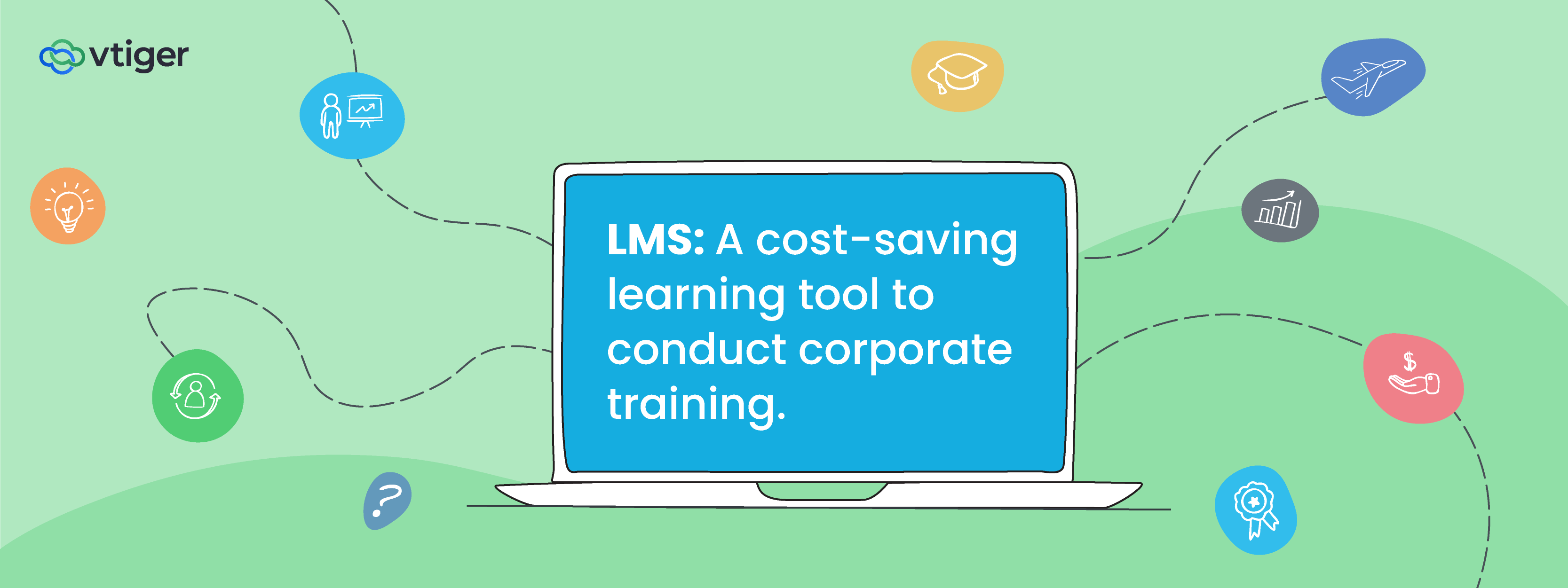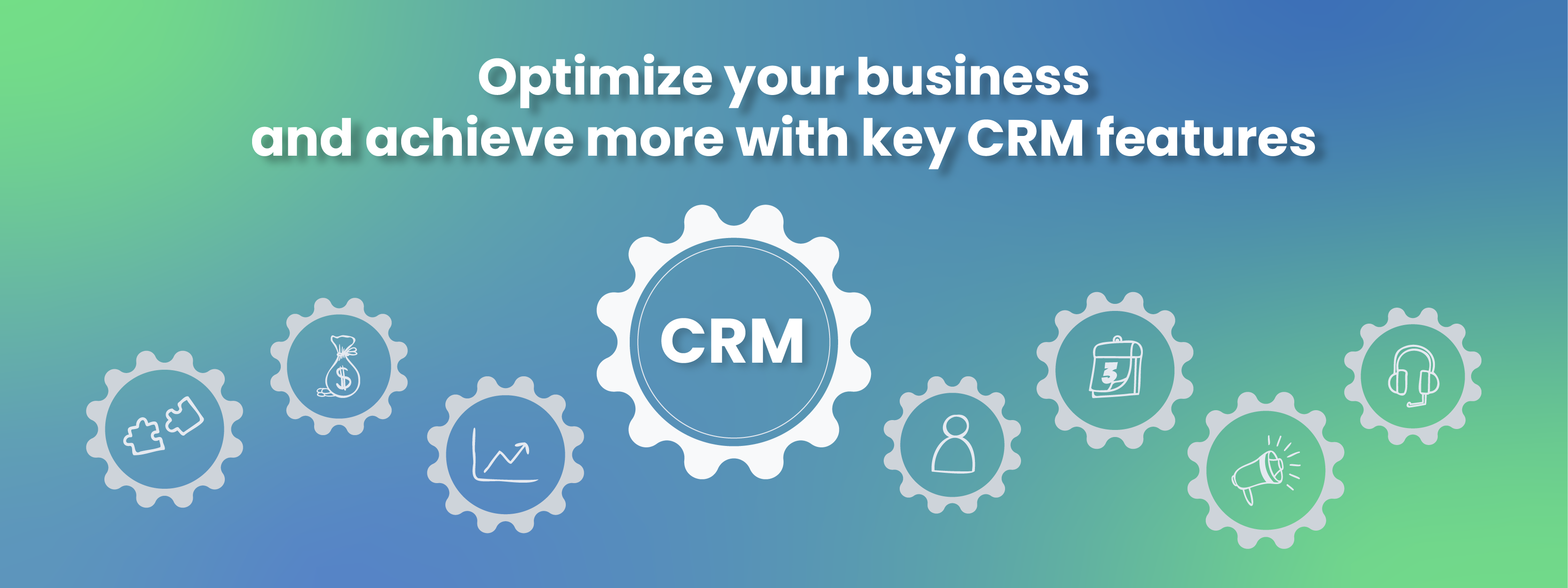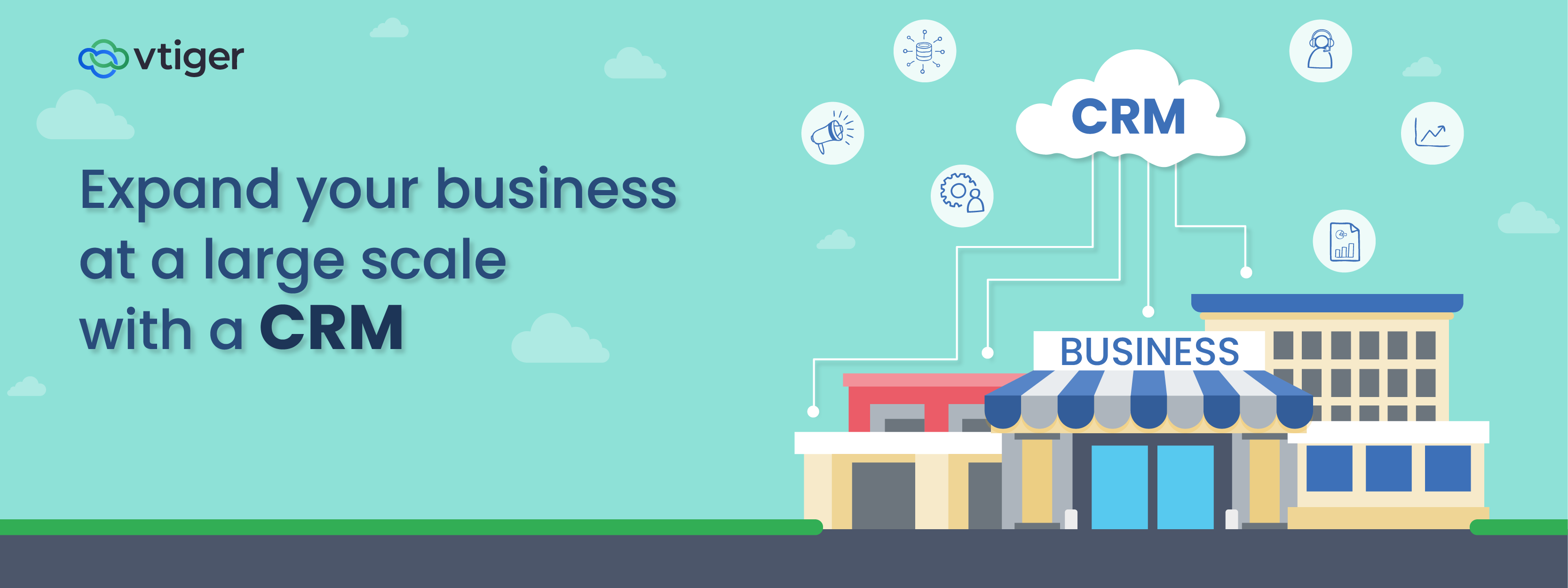In the pre covid times, e-learning software was only seen as a technology that is used to enhance the learning experience. However, after the pandemic hit and everyone was locked up in their homes, e-learning became a viable solution to conduct L&D programs for businesses as well as educational institutions.
The challenge posed by pandemic for employees is to change the style of working overnight. A sudden switch from work from office environment to remote learning disrupted the expected work outcome. Employees were unable to deliver the desired output as they didn’t possess relevant skills and knowledge that aligned with the remote learning culture. A survey by Mckinsey states 87 percent of executives said they were experiencing skill gaps in the workforce or expected them within a few years.
COVID-19 made employees figure out different ways to adapt to changing working conditions. Businesses have to learn various strategies to match employees’ skills to new roles and activities. And, one of the techniques adopted by organizations is upskilling. The new-age employee/customer/partner training is hosted via digital platforms in the form of online degrees, certification programs, etc. This is a new way of equipping skills and knowledge in the workforce.
How organizations are upskilling their employees
E-learning is a new way of acquiring business knowledge by employees and customers using electronic devices like mobiles, laptops, etc. It is a flexible and fast-paced learning approach where learners can take up courses suitable to their learning needs. It also minimizes the need to be physically present in the learning environment.
Businesses are deploying Learning Management Systems (LMS) to create customized courses on digital platforms. This software increases the quality of learning and provides flexibility to learners to gain knowledge at their own pace.
Not just that, LMS is also a cost-effective solution as compared to the classroom learning method in many ways. Let us understand them below
Top 7 strategies that proves LMS as a cost-effective learning solution
The Return of Investment (ROI) of a business primarily depends upon the quality of training programs. For example, If you are able to provide best-in-class training for onboarding of new hires, upskilling of existing staff, etc., you will be able to produce experts who are well informed about your product or services. And, with employees being able to provide accurate information to your customers, you will be able to build customer loyalty and enrich customer experience, thus leading to better ROI.
As opposed to traditional classroom learning, LMS is a cost-effective solution to conduct e-learning programs in different ways like
It extends training to customers and partners
Brand new ways to generate income from different sources are by developing customer or partner training programs. With extended enterprise learning programs, you can increase revenue, and improve productivity. LMS also increases visibility and effectiveness by providing different programs to customers and partners and making them informed about your business. Apart from employees, you can engage multiple audiences and drive more revenue.
It eliminates the expense of travel costs
With workforce being remote and employees scattered across places, attending classes online is economical. It provides on-demand training option where learners can learn from their home, and doesn’t require them to travel to the learning center. An effective LMS solution allows you to cut down on unnecessary travel expenditures.
It reduces the spending on learning materials
Instructors can upload the learning resources and learner’s personal records to the cloud instantly. They can upload notes in the form of PDFs, word documents, etc. The cloud solution makes data handling easier and reduces manual data recording. With an LMS, you can cut down your expense on data maintenance.
It minimizes the cost of in-house training
The physical training adds up the cost by renting a place for training, conducting examinations, hiring staff for invigilation duty and much more. But with an LMS, you only need to create programs and send them off to your learners. You can conduct live sessions or update recorded videos to the learning platform which can be accessed by users at their convenience. Unlike classroom training, instructors do not have to take lectures again and again. With recorded classes available, learners can rewatch them to clear their queries.
It reduces the cost of pen-paper based exam
Institutes have to arrange exam centers for students, print question papers in bulk, etc., which is very exorbitant whereas in the online learning model, learners can give exams anywhere comfortably sitting in their homes. For monitoring purposes, proctor-based exams are conducted by many organizations where a proctoring device monitors the computer and webcam. In this way, tutors can ensure no unfair practices during the exams.
It reduces employee turnover
When employees are not advancing towards new skills, they feel stagnant and that is when they search for new opportunities that contribute to their professional growth. Your organization too can focus on developing professional skills from e-learning programs. It boosts employee satisfaction and improves productivity which brings out lesser turnover.
It allows businesses to focus on high-level strategy
A robust LMS avails users to create personalized learning experiences, automate enrollments, send alerts and notifications, etc. With less human involvement, you can keep the training activities afloat and focus on other priority tasks.
Also, a CRM integrated with LMS is a cost-saving solution than an individual LMS software. As mentioned above, traditional training seems to be less convenient in today’s day and age. For example, sales managers had to be present in person to monitor the quality of sales pitch or customer support had to deal with infinite calls from customers previously. Sometimes, support teams would fumble or get stuck while providing information.
You can eliminate all these trivial problems by providing e-learning programs using LMS. And, LMS in CRM acts as icing on the cake which provides advanced features like recommending customized programs to learners using historical data, generating reports of learner performance, and much more.
Vtiger CRM has an LMS feature that performs all the actions like creating and publishing different courses, providing gamified programs in the form of quizzes, monitoring learner performance, etc., using different modules. Instead of investing in an individual LMS application, an LMS in CRM solution will be more suitable for your business to implement training and development activities.
Vtiger LMS is available as an add-on for Vtiger One Professional and Vtiger One Enterprise editions. It is free to use till 31 December 2022. Try it out now by signing up for a 15-day free trial.



